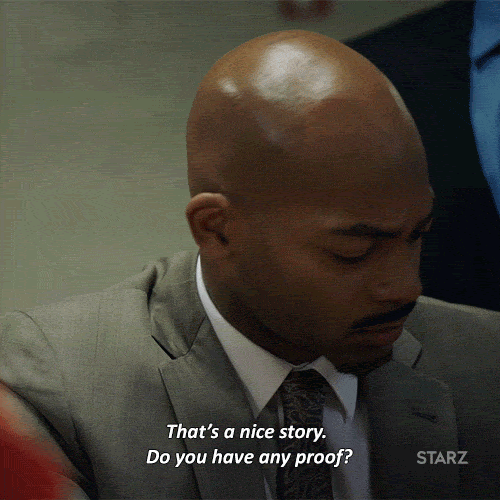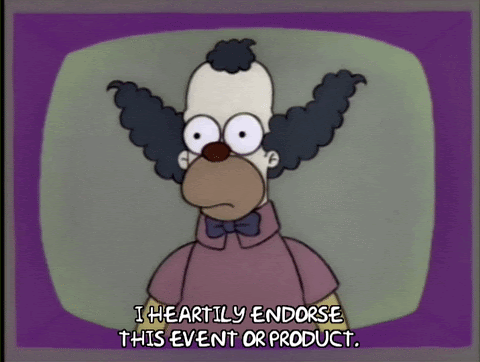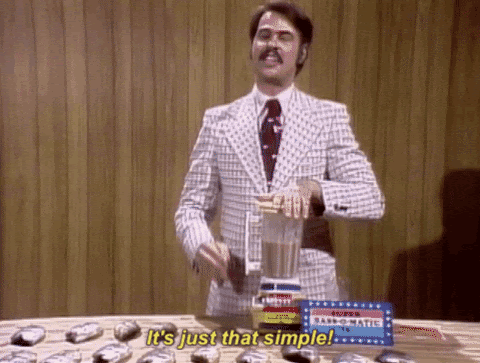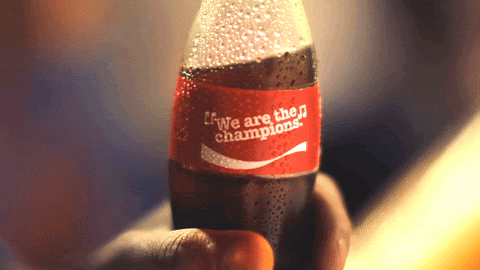Why You Should Incorporate User-Generated Content into Your Digital Marketing Strategy
June 18, 2020 | Blog, SEO
Digital Marketing Agency Finsbury Media
June 18, 2020 | Blog, SEO
At Finsbury Media, we’ve got just one question for you: does size really matter?
We’d like to think the answer is, oh yes.
Now that we’ve got your attention, let’s take a second to talk about increasing your … um, clients’ online engagement. As any influencer worth their weight in skinny tea will tell you, it’s not about how many followers you have, but how well you connect with your audience.

For us marketing managers, we know that a brand with 800,000+ followers on Instagram is, well, Amazing. But if those big numbers aren’t translating into cash money and sales, then what’s the point of it all?
When it comes to buying a new product, you’ve most likely heard consumers rely on the honesty of family and friends, as well as the feedback of strangers (“9 out of 10 dentists recommend this toothpaste”). In fact, a whopping 92% of consumers trust their peers over traditional advertising when it comes to making a purchasing decision.
So, how does this translate to your online marketing campaign?
Two words: social proof.

The psychology behind this concept is simple: when we see our friends sharing and uploading selfies of products they’ve bought (and enjoy), we subconsciously think that it must be good, too.
Our desire is even stronger when we see celebrities and influencers flaunting a specific product or service. This is because when we find ourselves faced with an unfamiliar situation or having to make a difficult choice (such as, “Which laundry detergent is best for keeping my clothes white?”), we turn to our friends, family, and peers for advice.
And that’s the logic behind user-generated content on social media.
Do you need more convincing other than, “Everyone else is doing it”? With over two billion people actively on Instagram and Facebook, who wants to be on the outside? Nobody wants to miss a birthday party invitation or a friend’s big news. By that same premise, we all want to be the ‘first’ to try something new and become an authority on that product or service. Goodbye, FOMO. Hello, social street cred.
That’s why user-generated content (UGC) is so powerful. Defined as any kind of unpaid content created by customers, employees, influencers, and people just like you, its main purpose is to expose products and services to a wider audience, organically.

Think of it as an honest and genuine word-of-mouth recommendation, but on social media.
UGC doesn’t just look slick (you’d be surprised at just how good some of the content is, despite coming from ‘everyday’ people) but comes with a whole host of benefits that make it essential for any successful marketing campaign, such as…
Promotes Trust: As we mentioned, UGC is a surefire way to promote trust for a certain product, service, or brand, which is essentially the main strength of UGC. By having influencers promote your business, their community will see this “social proofing” that shows you can be trusted. UGC is practically a fail-safe way to garner the type of trust you’re after to help create confidence in your offering.
Gets better engagement: While a professional product shoot will definitely reap amazing marketing assets, having an image that appears too manicured can have the opposite effect you’re intending. Millennials hate to be sold to, so anything that even has a hint of “salesyness” will be immediately rejected! UGC, however, provides a means for potential customers to imagine what it’d be like to engage with your offering by having another average Joe doing it. It’s more raw, more real, and more likely to get you better engagement from the public and not just the communities who follow the particular influencers you may engage with.
Saves you time: One of the best things about UGC is that it will “free” up your time. The time that would be ordinarily spent creating your marketing collateral will now fall into the hands of other creators, giving you more freedom to do whatever else you need to. Most UGC creators you may work with are more than happy to work within your guidelines, so having them take on the burden can be a huge time saver, so long as you give them all the details they need in advance.
We’ve nailed the secret ingredients behind what makes a user-generated campaign so successful:

Need some inspiration? Check out how these big brands harnessed the powers of UGC. Feel free to take a leaf out of their marketing books and get inspired by these successful user-generated campaigns.
This was a major win for the soda conglomerate whose consumers were able to make their coke experience the center of the narrative rather than the company itself. In this campaign, Coca Cola not only printed 1000 different names on their bottles, which no doubt landed in the right hands, but they also offered customized label options to the public with a call to action to share their coke-sipping moments online. An incredible investment that breathed life into the decades-old brand.

During their initial growing years, ASOS quickly made waves in their native England, only to grow exponentially overseas in record-breaking time thanks to their #AsSeenOnMe campaign. It helped build a community of online shoppers who were invited to share their looks with the rest of the ASOS crew, leading to a plethora of stunning and “fashionable” images that created a massive lookbook for ASOS to utilize. The photos went out, the cult following came in, and the rest – as they say – is history.
Who can forget walking into your local Starbucks, ordering your coffee, and slowly and painstakingly enunciating every syllable in your name for the barista, only for you to receive your cup with a scrawl that doesn’t even resemble your name?

And what did you do after you received said cup with the ridiculous spelling? You took a photo of the spelling atrocity and shared it with your friends. On Facebook. Snap. Instagram. You paraded around, telling anyone that would listen, what an imbecile the barista truly was, for not being able to spell the simplest of names.
That is until we realized that was their plan all along. That’s right – as the saying goes, any publicity is good publicity, and Starbucks knew that. Okay, so this is a theory (so hear us out) but the more you shared those absurd variations of your name, the more exposure Starbucks would receive. Then, your friends’ feeds will be saturated with Starbucks coffee cups, which will subconsciously entice them to go out and get their caffeine fix… from Starbucks.
Genius? Diabolically so.

These days, Instagram is the most popular platform for sharing user-generated content, but it can be anything from tweets to texts or videos. You already know to pick platforms that make sense for your clients and their target audience. Now all you need to do is organically promote and engage with followers.
User-generated content is a killer asset for brands looking to grow online. However, it’s also a difficult beast to master. You’re essentially marketing to a specific part of your audience that will produce content that you’ll use to advertise to a different segment of your audience. Confused? Don’t be.
Finsbury Media can help you execute the perfect user-generated campaign. Call us on 01483 608592 or email us info@finsburymedia.com